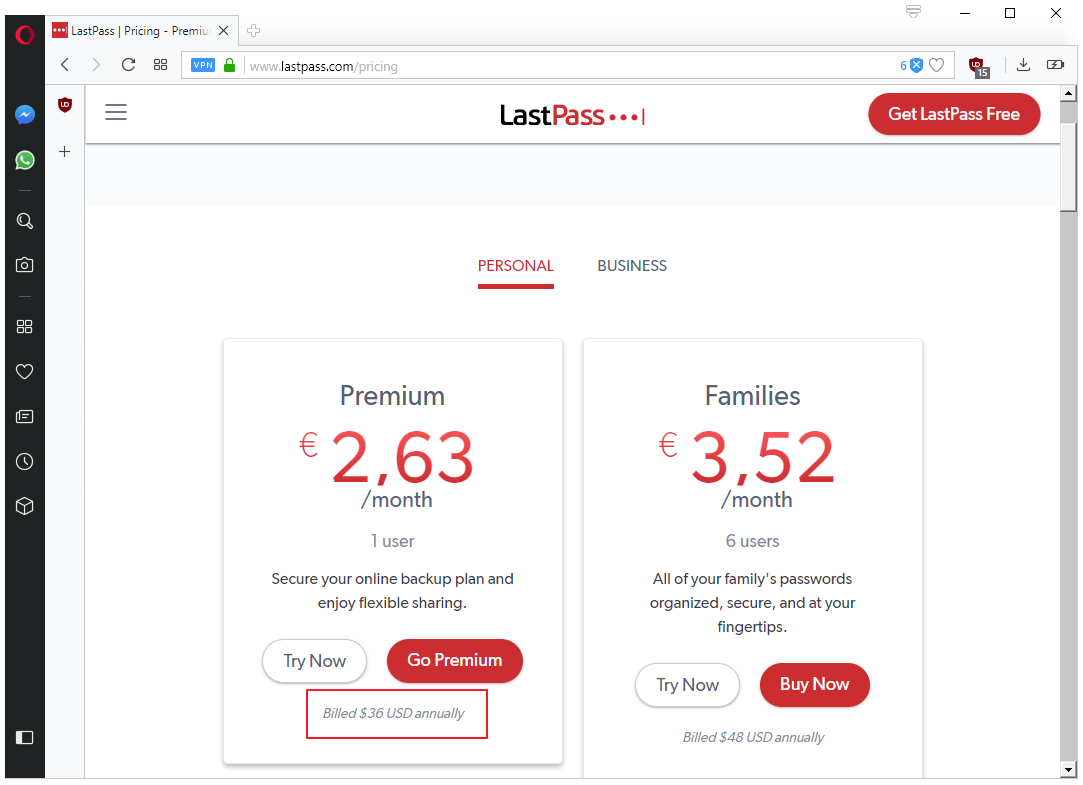

Add multi-factor authenticationĪ layered approach to security is a stronger approach to security. Password reuse is a leading contributor to hacked accounts and data breaches.Īvoid sharing passwords with others, too, but if you have to, change the password when they no longer need access to the account. When one website experiences a data breach, and cybercriminals post the leaked data on the Dark Web, hackers can now try your username and password combination to log in to your accounts on other websites. Why? When you reuse passwords, it’s more likely that hackers will be able to use that password to log in to your accounts. It’s also critical to never reuse the master password you create for your password manager.

Every account should have a distinct password. Keep passwords privateĭon’t use the same password for different accounts.

When using a password manager, ensure your master password is a long, strong passphrase. A password manager stores logins in an encrypted vault and enters your credentials when accessing an account. Passphrases tend to be memorable while not being easily guessed.Ī password manager can help organize all of those unique, strong passwords.

Instead, a long passphrase that combines multiple words is better. They also shouldn’t be a single word from the dictionary. It’s also important to remember that passwords should never contain personal information, like pet names, family birthdays, or street addresses. A password generator can instantly create long, unique passwords for you. Some websites restrict the types and number of characters you can use, but you should make the password unique within whatever guidelines they give you. Those characters should be a mix of upper case, lower case, numeric, and special characters. As a result, strong passwords are harder to guess, take longer to crack, and generally make it much more difficult for cyber thieves to break into your accounts.Įvery password you create should be at least 12 characters long, but the longer, the better. You’ve probably heard people talk about “strong passwords,” but what does that mean? Strong passwords are long, unique, and use different types of characters. Let’s review the five most critical steps you can take today to follow password best practices and how a password manager can simplify the process. Most of us know a little about password security, but we need to do more than learn about password best practices. Top of the list: Following password best practices. When you do the basics well, you reduce or eliminate the most common cyber threats. When it comes to protecting your information online, it’s worth focusing on security basics.


 0 kommentar(er)
0 kommentar(er)
